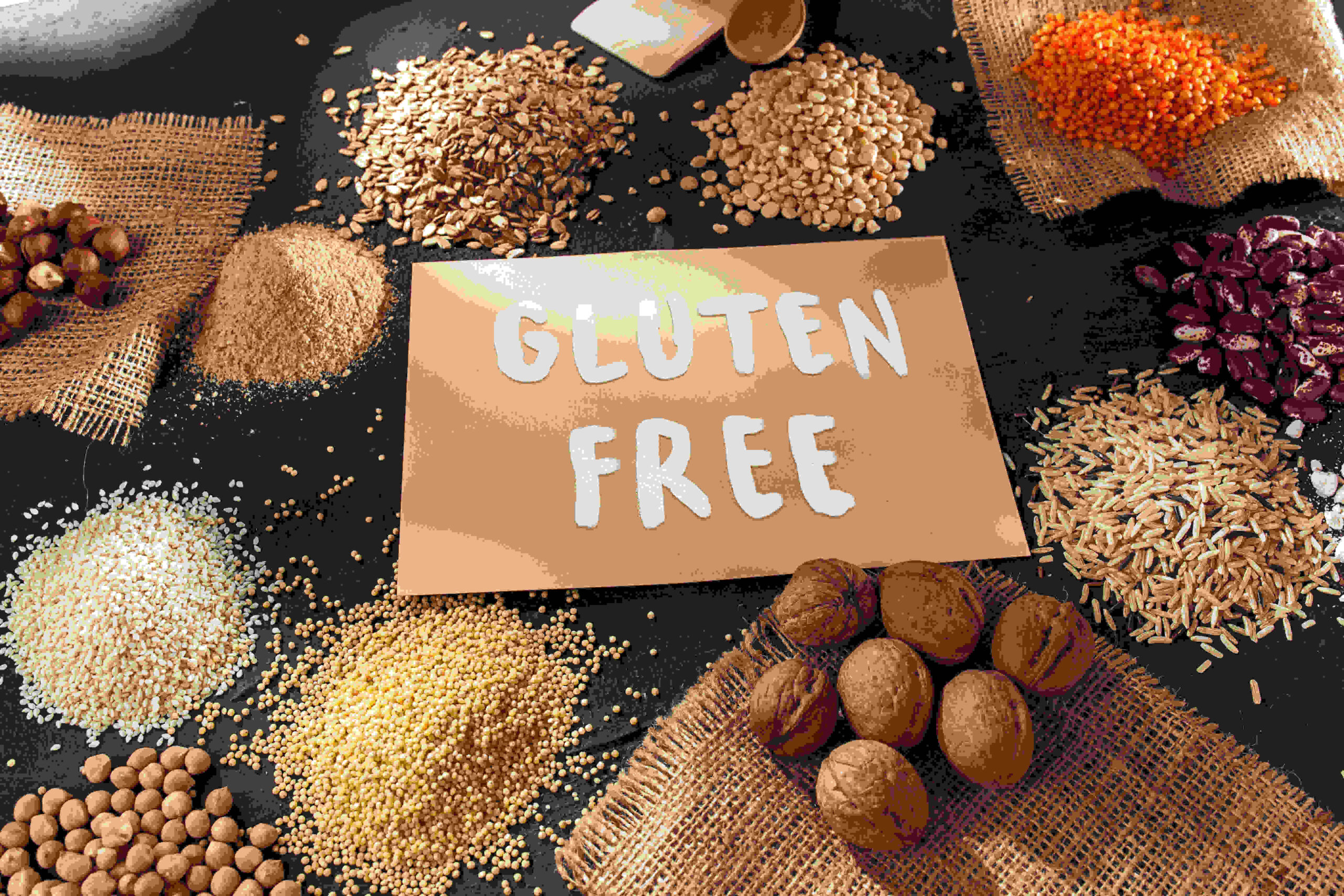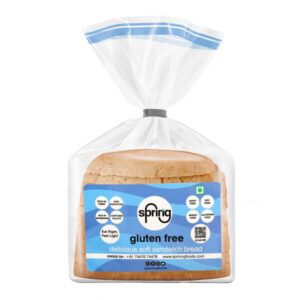
Introduction to Gluten Free Diet- Complete Guide
Table of Contents
ToggleThere is no one-size-fits-all answer to this question, as everyone’s individual needs and tolerances differ. However, a gluten-free diet is often recommended for people with celiac disease, non-celiac gluten sensitivity, wheat allergy, or dermatitis herpetiformis. It may also be beneficial for those with certain other medical conditions, such as Crohn’s disease, ulcerative colitis, rheumatoid arthritis, and type 1 diabetes. If you think you may benefit from a gluten-free diet, talk to your doctor or a registered dietitian to get started.
Can Gluten Free Diet Help to Lose Weight
There’s no one-size-fits-all answer to this question, as everyone’s body responds differently to a gluten-free diet. Some people may find that cutting out gluten helps them to lose weight, while others may not see any change.
If you’re thinking about going gluten-free in an effort to lose weight, it’s important to do your research and speak with a registered dietitian or doctor first. This is because there’s a risk of nutrient deficiencies on a gluten-free diet if it’s not done correctly. For example, whole wheat bread is a good source of fiber and other nutrients that are essential for good health. When you remove gluten from your diet, you’ll need to replace those lost nutrients with other foods.
A registered dietitian can help you create a well-rounded, nutritious meal plan that includes all the essential nutrients your body needs, even on a gluten-free diet. They can also offer tips on how to stick to your diet and make healthy choices when dining out or traveling.
Sample Gluten Free Meal Plan
Assuming you would like a complete day’s worth of meals, here is a sample gluten free meal plan:
Breakfast- Omelet with ham, cheese, and veggies. Served with a side of fresh fruit.
Lunch- Chicken salad with grapes and walnuts. Served on a bed of lettuce with ranch dressing on the side.
Dinner- Roast beef with mashed potatoes and green beans. Served with a small salad and gluten free dinner rolls.
Dessert- Chocolate mousse cake
What is Gluten?
Gluten is a protein found in wheat, rye and barley. Gluten is responsible for providing bread with a chewy texture and pizza dough with its elasticity. However, for individuals with celiac disease, gluten causes an immune response that harms the small intestine’s lining. This prevents the absorption of nutrients from food and can lead to malnutrition. People with celiac disease must avoid gluten to prevent these symptoms and heal their gut.
Why People Choose to Go Gluten-free
There are a few reasons that people might choose to go gluten-free. For some, it’s a matter of necessity because they have celiac disease or another gluten intolerance. But for others, it’s a choice that they make for their overall health and well-being.
Gluten is a protein found in wheat, rye and barley. When people with celiac disease eat gluten, their immune system reacts by damaging the lining of the small intestine. This can lead to a host of symptoms including abdominal pain, bloating, diarrhea, constipation, fatigue and weight loss. In some cases, it can also lead to anemia or neurological problems.
For people who are not celiac but still have a sensitivity to gluten, going gluten-free can also help improve symptoms like gastrointestinal issues, headaches and fatigue. And even if you don’t have any noticeable symptoms after eating gluten, it can still cause inflammation in your body which can contribute to chronic diseases like heart disease and arthritis.
So whether you have to go gluten-free for health reasons or you simply want to feel your best, there are plenty of good reasons to ditch the wheat products.
The Difference between Wheat allergy, Celiac Disease, and Non-celiac Gluten Sensitivity
There are a few different conditions that can lead to someone following a gluten-free diet. Here is a breakdown of the three most common:
1. Wheat allergy
With a wheat allergy, the body’s immune system reacts to one or more proteins found in wheat. This type of reaction is different from celiac disease and non-celiac gluten sensitivity, as it does not involve the digestive system. Symptoms of a wheat allergy can include hives, swelling, difficulty breathing, and anaphylaxis.
2. Celiac disease
When individuals with celiac disease consume gluten, it triggers an autoimmune response that harms the small intestine’s lining, preventing the absorption of essential nutrients from food. Celiac disease is estimated to affect 1% of the population, and symptoms can range from mild to severe. They can include bloating, diarrhea, constipation, fatigue, and weight loss. Untreated celiac disease can lead to serious complications such as osteoporosis and fertility issues.
3. Non-celiac gluten sensitivity
Non-celiac gluten sensitivity (NCGS) is a condition where people experience symptoms similar to those of celiac disease after consuming gluten, but they do not have any damage to their intestinal lining. NCGS is thought to be much less common than celiac disease, and its symptoms are often less severe. They can include abdominal pain, bloating, diarrhea, constipation, headache, fatigue, and brain
Pros and Cons of a Gluten-free diet
There are a lot of reasons why people might want to go gluten-free. Some people have celiac disease, which is an autoimmune disorder that prevents the body from properly digesting gluten. Other people may be sensitive to gluten and experience digestive issues or other symptoms when they eat foods containing gluten. And some people simply want to try a new diet.
There are some pros to a gluten-free diet. First, you’ll likely eat more fruits, vegetables, and whole grains if you’re avoiding foods that contain gluten. These foods are packed with nutrients that can help improve your overall health. second, you may lose weight on a gluten-free diet since you’ll be cutting out many high-calorie, processed foods. Finally, going gluten-free can help reduce inflammation in your body, which can lead to a host of health benefits.
There are also some cons to consider before going gluten-free. First, it can be difficult to stick to a strict diet if you’re not used to cooking all of your meals from scratch. Second, a lot of processed “gluten-free” foods are high in sugar and calories, so it’s important to read labels carefully if you’re trying to lose weight on this diet. Finally, going gluten-free may make it more difficult to get enough fiber and other nutrients in your diet since many whole grain products contain gluten.
How to Start a Gluten Free Diet
If you have been diagnosed with celiac disease or gluten intolerance, starting a gluten-free diet may seem like a daunting task. However, with a little bit of planning and some creativity, eating gluten-free can be delicious and easy! Here are some tips to get you started on your new gluten-free diet:
1. Learn what foods contain gluten. This may seem obvious, but it is important to know which foods are off limits on a gluten-free diet. Gluten is found in wheat, rye, and barley, so avoid any products made with these grains. In addition, many processed foods contain hidden sources of gluten, so be sure to read labels carefully.
2. Identify safe and unsafe ingredients. Once you know which foods contain gluten, you need to learn which ingredients are safe for people with celiac disease or gluten intolerance. Many common ingredients, such as cornstarch and vinegar, are safe for people on a gluten-free diet. However, some ingredients, such as soy sauce and malt flavoring, may contain hidden sources of gluten and should be avoided.
3. Find substitutes for your favorite foods. Just because you have to give up wheat-based products doesn’t mean you have to give up all your favorite foods! There are many delicious substitutes available that will allow you to still enjoy your favorite meals and snacks. For example, instead of using wheat flour in your baking recipes, try using almond flour or coconut flour
Gluren Free Recipes
Assuming you want a list of gluten-free recipes:
1. Gluten-Free Pizza crust- There are many ways to make a pizza without the use of wheat flour. Some popular substitutes include almond flour, quinoa flour, and tapioca flour.
2. Quinoa Fried Rice- This dish is a delicious and easy way to sneak some extra veggies into your diet. Simply substitute rice for quinoa and be sure to use gluten-free soy sauce.
3. Chickpea Curry- A hearty and flavorful curry made with chickpeas, tomatoes, and Indian spices. Serve over rice or quinoa for a complete meal.
4. Spaghetti Squash Bolognese- A healthy and gluten-free take on the classic Italian dish. Spaghetti squash is used in place of traditional pasta noodles. 5. Roasted Veggie Tacos- These tacos are packed with flavor and nutrients. Use any combination of vegetables you like, just be sure to roast them before adding them to the taco shells.







